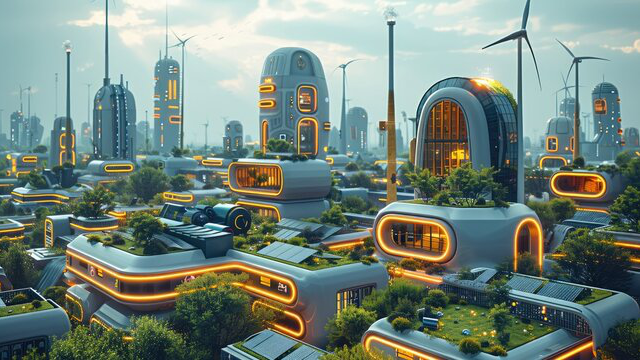Every generation inherits two cities — the one it lives in and the one it imagines.
Urban innovation begins when those two visions collide thus the frustrations of today spark the possibilities of tomorrow.
The future of cities is not some distant dream of glass towers and flying cars; it’s being built quietly, block by block, in neighborhoods where creativity meets necessity.
Innovation as a Human Story
Urban innovation is often mistaken for technology characterized by smart sensors, data dashboards or AI powered traffic lights.
But real innovation begins with empathy by asking, how can the city work better for people?
When we design from that question outward, technology becomes a servant, not a master.
A smart city isn’t one that collects the most data but the one that uses it to make life more livable.
The Rise of Smart Cities
Around the world, cities are re-inventing themselves through connected infrastructure:
- Streetlights that adjust to pedestrian movement.
- Sensors that monitor air quality.
- Mobile and web based applications that crowdsource pothole reports.
These systems help cities respond faster and plan smarter. But there’s a catch because data without inclusion deepens inequality.
A city that digitizes without democratizing risks becoming efficient but unjust.
Green Innovation: The Return of Nature
Tomorrow’s cities are not just smart but they are alive.
Urban forests, rooftop farms, vertical gardens and river restoration projects are redefining what “infrastructure” means.
Green innovation is no longer cosmetic but systems that are alive.
Cities like Singapore, Curitiba and Nairobi are proving that green space is a social equalizer — a place where a child from any neighborhood can breathe freely.
The Digital Divide: Who Gets Left Behind?
As cities adopt digital systems, one question looms: Who benefits?
Innovation without access is exclusion by design.
From broadband connectivity to digital literacy, inclusion must be woven into every upgrade.
Smart cities must also be fair cities, where technology amplifies equality not advantage.
The Circular City
A truly futuristic city wastes nothing.
The concept of the circular city reimagines waste as resource — where plastics are recycled into pavements, organic waste feeds urban farms and water is reused instead of drained away.
Circularity is not a trend but an urban philosophy that says: nothing and no one is disposable.
The Future Is Collaborative
The city of the future will not be built by planners alone.
It will emerge from collaboration between citizens, scientists, entrepreneurs and dreamers — all working toward a shared vision of dignity and balance.
When innovation is co-created, the city ceases to be a place to live and becomes a place to belong.
Reflection
Urban innovation isn’t about predicting the future but designing it with care.
Every startup, every public project, every citizen idea is a pixel in the larger image of the city we are becoming.
If the 20th century was about building cities, the 21st is about rebuilding trust within them — between people, nature, and technology.




